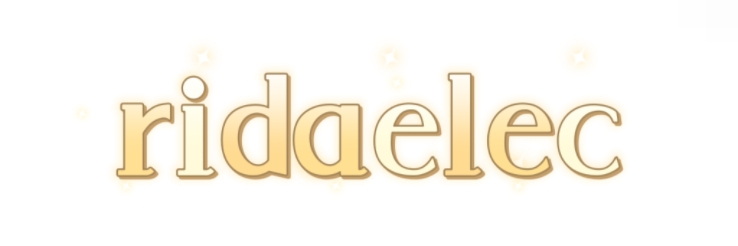LED Flip Chip vs. Traditional Packaging: Which Is Better?
When it comes to modern lighting solutions, LED technology has taken center stage, and the methods of packaging these components can significantly impact their performance and efficiency. Among the current techniques, LED flip chip packaging is gaining attention. But how does it stack up against traditional packaging methods? In this article, we’ll delve into the nuances of LED flip chip technology compared to conventional approaches, exploring their advantages and disadvantages.
For more LED Flip Chipinformation, please contact us. We will provide professional answers.
Understanding LED Flip Chip Technology
LED flip chips are mounted upside down, allowing for direct electrical contact on the semiconductor layer. This innovative design improves thermal management and light output efficiency. By eliminating the need for wire bonds usually associated with traditional packaging, flip chip designs facilitate a more compact layout, which is especially beneficial in high-density applications.
Traditional LED Packaging Methods
Traditional LED packaging has been the go-to method for decades. This technique usually involves attaching the LED chip to a substrate, followed by using wire bonds to connect the chip to the circuit. This approach, while reliable, has some limitations, such as increased thermal resistance and lower light output efficiency due to the additional materials involved.
Key Differences: LED Flip Chip vs. Traditional Packaging
1. Thermal Management
One of the most significant advantages of LED flip chip technology is its superior thermal management. Because the chip is directly connected to the substrate, heat can be dissipated more effectively. In contrast, traditional packaging often suffers from higher thermal resistance, which can lead to reduced performance and a shorter lifespan for the LED.
2. Light Output Efficiency
With less material obstructing the emitted light, flip chip designs can achieve higher light output efficiency. This is particularly important in applications where brightness is crucial, such as in automotive lighting or high-performance displays. Traditional packaging, with its additional components, can absorb some of the emitted light, leading to less efficient performance.
3. Size and Form Factor
The compact nature of flip chip technology allows for smaller and lighter designs. This size reduction is especially beneficial in applications where space is limited, like in mobile devices or sleek lighting fixtures. On the contrary, traditional packaging methods often result in bulkier end products.
Cost Considerations
While the initial investment in LED flip chip technology can be higher, the long-term benefits often outweigh the costs. Enhanced efficiency and improved thermal management lead to savings in energy consumption and bulb replacement due to longer lifespan. However, traditional packaging may still be favored for budget-conscious projects where maximum performance isn't critical.
Application Suitability
Both technologies have their place in the market, and the choice primarily depends on the application requirements. For high-end applications that demand efficiency and compactness, flip chip technology is likely the better option. Conversely, traditional packaging might be sufficient for basic or budget-friendly products.
Conclusion
In the battle of LED flip chip vs. traditional packaging, there’s no one-size-fits-all answer. Each method has distinct advantages and drawbacks. As technology evolves and energy efficiency becomes a more pressing concern, LED flip chip technology is positioned to lead the charge in innovations. On the other hand, traditional packaging remains a viable choice for certain applications, especially where cost is a dominant factor.
Understanding these differences can help prospective buyers and designers make informed choices that align with their specific needs. As the industry continues to advance, staying updated on these developments will be vital for anyone interested in LED lighting solutions.
Final Thoughts
LED technology is transforming our approach to lighting, and choosing the right packaging method is a crucial part of that evolution. Whether you lean towards innovative flip chip designs or the tried-and-true traditional methods, knowing the pros and cons will guide you toward making the best decision for your needs. Keep exploring, stay informed, and light the way toward a more efficient future.
The company is the world’s best Copper COB supplier. We are your one-stop shop for all needs. Our staff are highly-specialized and will help you find the product you need.


